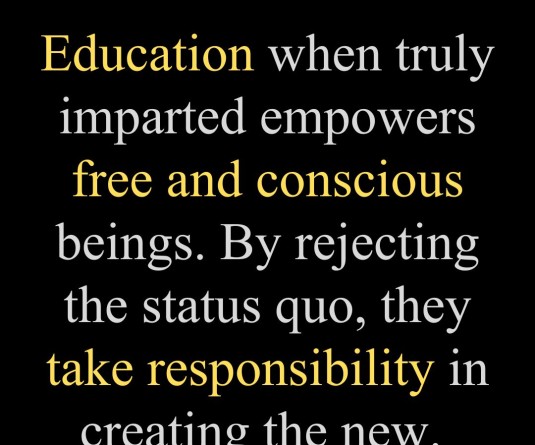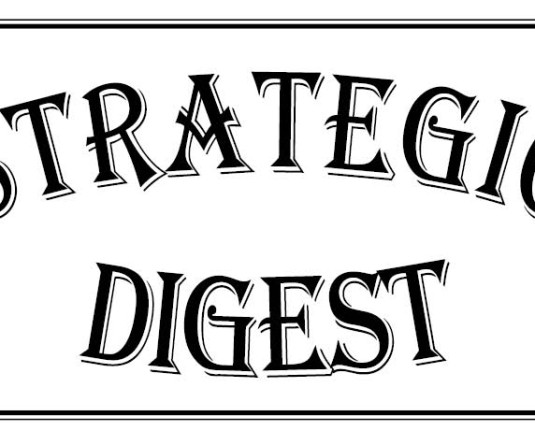
The number of government servants has reached above 10% of the population.
What does this mean? And how do the rest of the citizens/population operate from this point? I believe I cannot really present concrete solutions or alternatives but I still wish to raise questions with a collection of facts and statistics. When we start thinking we start mobilizing, when we think of mobilizing ourselves we assess the obstacles before us and what we must do to overcome them. It is in this effect that I do not find any harm in weighing the challenges before us.
65% of the state budget goes into the administrative cost, leaving only 35% for developmental activities. The 13th finance commission award stated that administrative cost should not exceed 35% but in a way we are practicing the reverse. This implies, besides the fact that we are a consuming state, developmental activities have taken a second priority. If we have development or infrastructure or if we are sustaining ourselves in some other way then perhaps 65% administrative cost is somewhat excusable (although this is a very high percentage focused solely on administrative costs). But that is not the case, infrastructure is non-existent, we are not producing anything (manufacturing sector) and our agricultural sector is almost non-existent too. The service sector, i.e, the public administration and services provide the largest contribution to our GSDP. Yet in the personal services sector we can only count a handful of people (this also includes Marwaris and other businessmen operating within the state as GSDP gross state domestic product means the total sum of all the income produced within the state). And in light of all this we have a debt of 4340 crores since December 2011, Rs. 695.59 crores incurred only last year burrowed to finance the fiscal deficit. The unfortunate fact is that this debt would inevitably increase in the years to come. And if we remain exactly where we are right now how will the situation look ten years from now? The question becomes, how are we going to eventually pay this debt back without infrastructure and development or revenue? Our state generated revenue stands at a meager 6.3%, while 65.8 % comes from central assistance. If 65% of the state budget is going into administrative costs, is it time to tax government servants as well then?
65,000 Educated unemployed in the state
The chief minister has stated that there would be ca. 1000 government jobs available annually, we are also the highest number of government employees in the country. Now we have 65,000 educated unemployed youths registered with the employment department. I would say circa, because there might still be others who have not registered with the department. Can ca. 65,000 educated unemployed youths fight for 1000 government jobs (although this is happening) and obtain satisfactory results? For example if you are writing the NPSC exams which is providing around 300 job openings (the number is not consistent as they have to take in the number of vacancies that come up due to retirements, etc.) you would hypothetically be competing with 65,000 applicants. What are your chances? Something like one in 216.66667, meaning that you’d be competing with 216.66667 applicants for one post. And if you have to write the exams for 4, 5 consecutive years to qualify how many of those years have you wasted not doing something else productive? Then we have to take into consideration cases of nepotism or bribery. It’s a bleak picture, all of us are aware.
I am not an economics student but practical economic theory would suggest that the process of growth for an economy would begin in agriculture sector, than manufacturing and lastly in the service sector. We have skipped the middle and fast forwarded to the service sector, But the service sector comprises primarily of the Public administration services and personal services contributing to the income of the state. Can you identify the missing links? Can you also identify how these factors, and those mentioned above can effect the public administration ultimately- your government jobs included, especially when we consider the debt crisis that is evolving and increasing? Yes, government jobs provide that ‘stability’ in an insurgent-conflicted area and you are in a comfort zone. But it also stagnates the economy, which in our case is also effecting the fiscal deficit. And it on the other hand really restricts entrepreneurship. This is the pattern in India where the caste/class-ridden society cannot initiate entrepreneurship on an equal keel for everyone, therefore government jobs providing that much needed security. The population explosion with little resources is also a major factor for suffocating entrepreneurship and unequal division of privileges. Can all educated youth work as government servants, are there enough resources?
The chief minister has promulgated on the importance of the agriculture sector in the state. Especially the position of the ‘middle person’ which is lacking at present and effecting the produce of the farmers even (70% of the state population is engaged in farming but only contributing 20% of the GSDP). He emphasized the lack of good price mechanism for their products and marketing as the main reasons. But I would also say industrialization and all the factors combined - good price mechanism and marketing will eventually narrow down the 50% deficit in GSDP. It is a good proposition and besides bringing up our revenue it will engage the 65,000 or so educated unemployed youth of the state. That alternative works profitably in many ways if we look at it, it also takes us back to the land which can sustain us.
Taxes not paid to the government of India..
This has become the ultimate obstacle for the construction of my whole write-up today. Herein lies our whole contradiction, even. But never addressing or assessing it is inevitably going to cost us enormously in the long run. The number of educated unemployed in the state is increasing by the day and there is very little way out besides government jobs which ultimately results in nepotism, bribery because there are too few positions. That is an unfortunate picture for an ordinary man trying to find his means for survival. We are fast approaching a ‘saturation point’ of government jobs but sometimes we have little choice.
India’s economy only began to grow considerably after the 1990 reforms where it opened up the private sector from red tapeism and restrictions. The socialist outlook on the economy had really crippled it although the poorer sections and less privileged were provided security and stability. As P.V. Narasimha Rao had rightly said: “The full freedom to dream the way you like came only in 1991, not 1947.” Here IT technology was one of the first to lap up the benefits of a freer, less-restricted private sector illustrated in companies like Infosys.
We do not struggle from the oppressions of a class-divided society, or for that matter, a shortage of resources because of immense population pressure. But we have lived under the shadow of an insurgent state and the procurements that that attribution has produced. Whether these have been Indian army atrocities of the 50’s or our own in-fighting and killings which have led to more divisions, creating confusion and also unrestricted terrorization of its citizens. The latest percentage ‘cut’ or tax is estimated around 5-30% on all planned and unplanned budgets. Planned budgets include your salaries and also other projects like maintenance of roads, power etc. whereas unplanned budgets come according to the needs of the state and infrastructural needs. And beyond this, tax is also levied on private businesses and private operating sectors. In a way, you can say there are two governments in the state. If the tax taken is being returned to you, regulation of your income is coming back to you. But unfortunately in some cases we have not witnessed its returns. This gives rise to a perplex situation, not forgetting a frustrating one. It is probably here where my endeavours also end. How will an ordinary person rise above this? Like I said, this write-up raises more questions than answers and it cannot wholly be framed as rhetoric even. But questioning, assessing, framing our obstacles and hurdles also challenges us to look for our alternatives and in that process, our means to survival. And in that, it becomes somewhat a cry for justice, a cry for a better way of living, a cry for one’s own benefit which I also see as a benefit for all.





